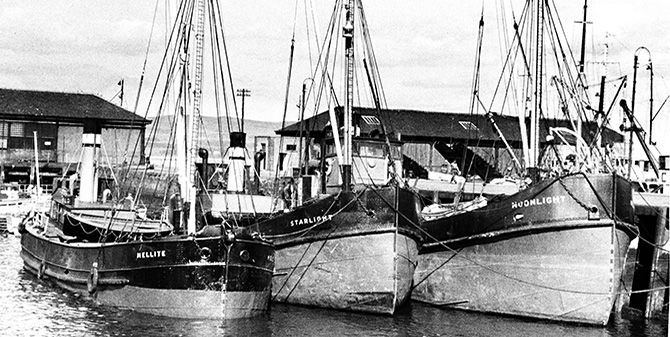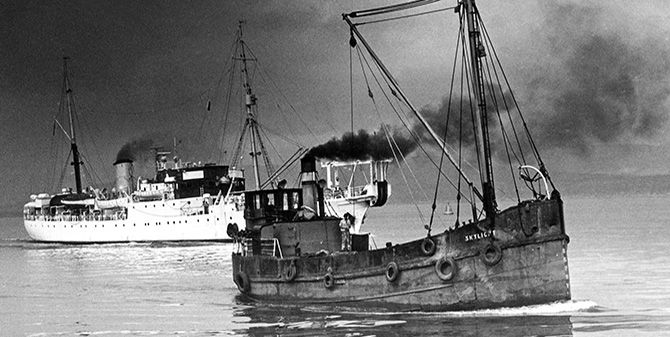
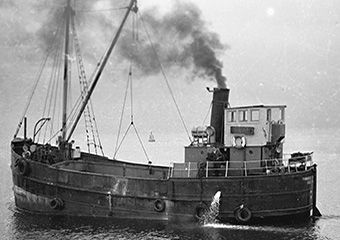
The West Coast of Scotland steam puffer has long been a favourite subject for modellers, with a number of kits and freelance examples appearing in the marketplace. Since the history and development of this somewhat unique type – which has a well-deserved place in Scottish folklore – has been well documented previously, only a brief introduction is included here.
With the proven efficiency of the screw propeller and steam engine it was inevitable that these would be married to hitherto unpowered hulls, and it was in 1856 that the Forth and Clyde Canal Company fitted out one of its iron hull barges, at a cost of £320. A boiler, engine, shafting and propeller were fitted in the dumb lighter ‘Thomas’, this signalling the birth of the steam puffer. With a ready supply of fresh water in the inland canals, the loss of water due to the lack of a condenser on the early vessels was not a great disadvantage. And so, with a lack of mechanical efficiency, the exhaust from the steam engine was sent away ‘puffing’, thus the term ‘puffer’.
The sizes of these early craft were circumscribed to a length of 66ft 6ins by the dimensions of the locks on the Forth & Clyde Canal which limited the size of boats that could traverse this narrow neck of Scotland, which they did to avoid the vagaries of wind and tide going around the Mull of Kintyre via the Crinan Canal. A limit was thus imposed to suit the lock dimensions of 88 feet. These considerations were instrumental in the development of two classes of vessel, designed to suit the limits noted above.
Enjoy more Model Boats Magazine reading in the monthly magazine.
Click here to subscribe & save.
Inside & Outside
The ‘Inside’ boats were a development of the dumb horse drawn lighter and were only used for canal and harbour work. The ‘Outside’ boats meanwhile (introduced from about 1870) were designed for estuarial and outside (sea) passages and, consequently, had more freeboard, better hatch coamings and covers, higher bulwarks, plus wheel steering. These craft were then able to make the sea passages to serve the numerous exposed small harbours and ports around the Western Highlands and Islands. Their size however, precluded them from using the Forth and Clyde Canal. It should be remembered that prior to 1864, the Clyde was unsuitable for navigation on its upper reaches and Greenock and Port Glasgow, literally the Port of Glasgow, were the main shipping ports on the river.
The firm of Ross & Marshall were predominant from the earliest days until the ultimate demise of the trade in 1993. Combining their interests of lighterage, haulage contractor and stevedoring, Alexander Ross and James Marshall formed a partnership in 1872 with offices in Greenock.
They had their own slipway at Greenock just west of the James Watt Dock for repair and maintenance of the fleet, although fourteen vessels and yachts were also built there. The availability of other local specialist builders resulted in the slipway being sold to Scott & Sons in 1925 to be incorporated as part of its Cartsdyke Shipyard. This Cartsdyke yard was later exchanged with the Cartsburn section, then owned by Greenock Dockyard, to give Scott an unbroken frontage to be known as the Cartsburn Shipyard.
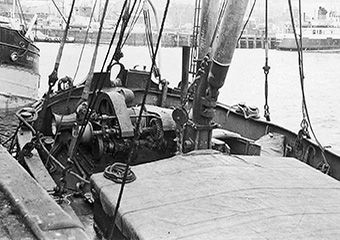
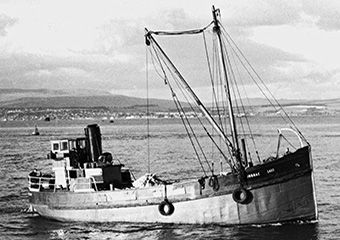
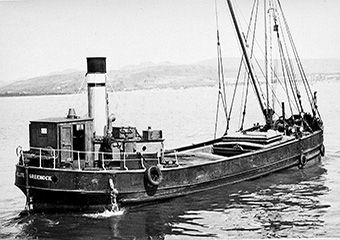
Light Shipping Co.
Interestingly, Ross & Marshall formed a subsidiary known as the Light Shipping Company Ltd. to operate two larger 865 dwt coasters named Raylight and Arclight, built by J. Samuel White at Cowes. Able to operate within the Elbe-Brest limits they entered service in 1921 and were sold in 1933, and from that time onwards the firm concentrated on the inshore business.
From the earliest times Ross & Marshall used ‘–light’ ending names, but also ‘-ite’ and ‘-yte’ when running out of the preferred choice. The company was sold in 1963 becoming a subsidiary of the Clyde Shipping Company and J. & J. Denholm. However in 1968 with the amalgamation with Hay-Hamilton, this saw the formation of Glenlight Shipping Ltd. With the withdrawal of Hay and Hamilton in 1976, Ross & Marshall soldiered on until the cessation of all services on 6th January 1994.
Starlight & Skylight
Starlight was built by Ferguson Brothers at Port Glasgow in 1936, Ship No. 312, her sister Skylight, this featured Free Plan, having been built as Ship No. 308 the previous year. Built at a cost of £4300, they were typical ‘Canal’ (or ‘Inside’) boats with the following dimensions: 66ft. 6ins x 18ft 3ins and 8ft 6ins moulded depth.
I have not been able to establish definitely the fate of these two vessels but some accounts have Starlight as being broken up in 1967, and her sister later being re-named Sitka. Built originally with a hinged funnel, these boats differed only in detail from those built fifty years earlier, the design having been established due to evolution irrespective of the owners or builders.
In contrast to the more boxy VIC type boats (see our Gallery feature herein – Ed.) which were commissioned by the Admiralty in World War Two – based on the design of the Anzac and Lascar built by Scott and Sons of Bowling for J. Hay & Sons Ltd., – the lines of Starlight and Skylight show a more finely lined vessel, especially at the stern. The VICs, on the other hand, carried the straight sections of the counter down as far as the waterline, but on the earlier boats this only extended as far as the lower edge of the bulwarks.
Read the full article and get the 1/32-scale plan, FREE in the December Issue of Model Boats!
